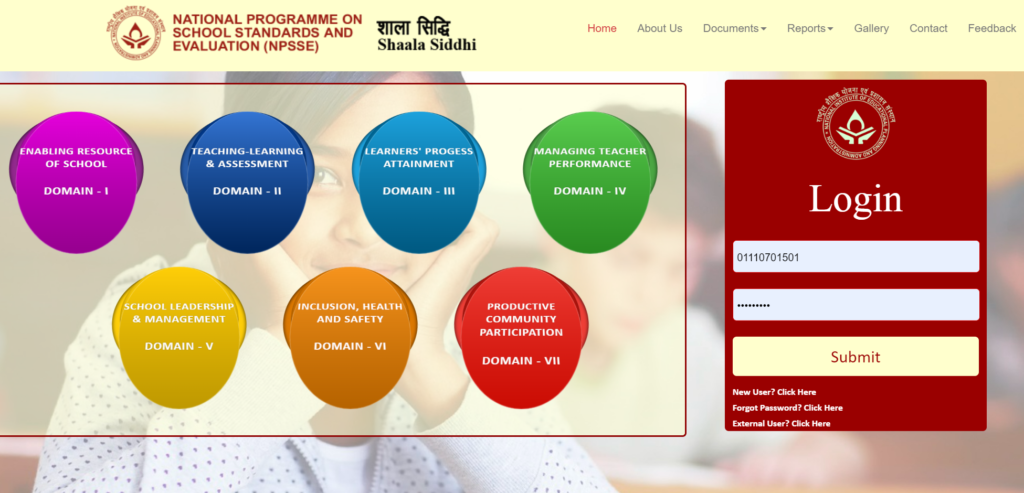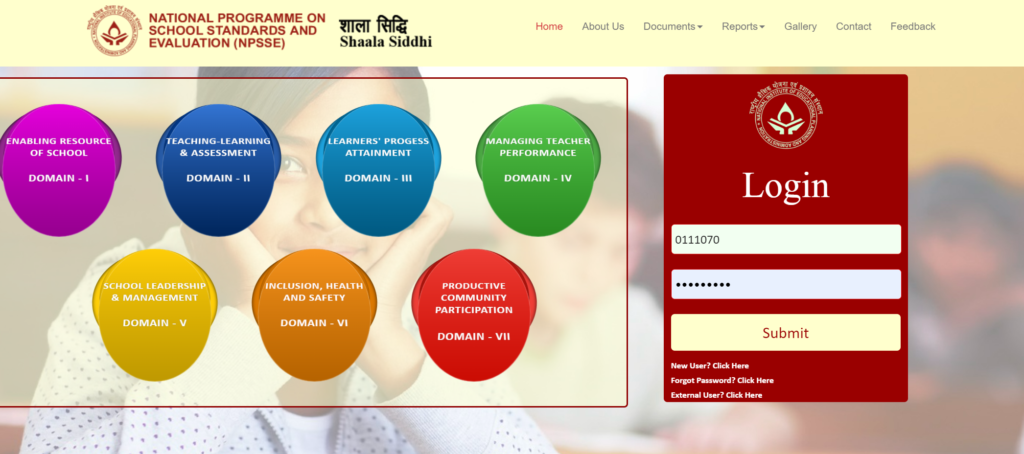Table of Contents
ToggleHow to Record Students Co-curricular Activities: A Comprehensive Guide

Introduction:”How to Record Students Co-curricular Activities”
Welcome, educators, parents, and students, to our guide on effectively recording students’ co-curricular activities. In today’s fast-paced educational landscape, co-curricular activities play a crucial role in shaping well-rounded individuals. These activities go beyond the classroom, nurturing essential life skills, values, and attitudes that contribute to holistic development. In this blog, we will explore the importance of recording co-curricular activities and provide a comprehensive format for doing so.
Why Record Students Co-curricular Activities?
Recording students’ co-curricular activities is essential for several reasons:
Holistic Development: Co-curricular activities complement academic learning, fostering holistic development by nurturing skills such as teamwork, leadership, creativity, and discipline.
Recognition and Validation: Recording these activities acknowledges students’ efforts and achievements beyond academic performance, providing validation and recognition for their diverse talents and contributions.
Assessment and Evaluation: By documenting co-curricular activities, educators can assess students’ progress, strengths, and areas for improvement in non-academic domains, contributing to a more comprehensive evaluation of their overall development.
Future Opportunities: A well-documented record of co-curricular activities can be beneficial for students’ future endeavors, such as college admissions, scholarships, internships, and job applications, showcasing their diverse skill set and extracurricular involvement.

Format for Recording Co-curricular Activities:
Now, let’s delve into the format for recording students’ co-curricular activities. This format ensures systematic documentation of various aspects assessed and provides a comprehensive overview of students’ participation and achievements.
| Domain | Aspects Assessed | Max. Marks | Marks Obtained |
|---|---|---|---|
| Physical Activities | Sports, games, yoga, drills, etc. | 4 | |
| Participation in School Activities | Seminars, debates, morning assembly, cleanliness/drug de-addiction drives | 4 | |
| Cultural and Creative Activities | Performing arts (singing, dancing, acting, etc.) Visual arts (painting, drawing, crafts, etc.) | 4 | |
| Health and Hygiene | Cleanliness of body and clothes, healthy habits | 2 | |
| Environment/IT Awareness | Environmental consciousness, ICT usage for learning | 2 | |
| Discipline | Overall behavior with peers and teachers | 2 | |
| Attendance | Regularity and punctuality | 2 |
Step-by-Step Guide to Recording Co-curricular Activities:
Gather Necessary Information: Collect students’ details including name, class, subject, and roll number to ensure accurate record-keeping.
Document Physical Activities: Record students’ participation in sports, games, yoga, and other physical activities, assigning marks based on their involvement and performance in inter-school or district events.
Track Participation in School Activities: Document students’ engagement in seminars, debates, morning assemblies, and initiatives like cleanliness and drug de-addiction drives, assigning marks for active participation and contribution.
Capture Cultural and Creative Activities: Record students’ involvement in performing arts such as singing, dancing, acting, as well as visual arts like painting, drawing, and crafts, allocating marks based on their performance and creativity.
Monitor Health and Hygiene: Assess students’ cleanliness habits, personal hygiene, and practice of healthy habits, awarding marks for maintaining cleanliness of body and clothes and adopting healthy lifestyle practices.
Promote Environment/IT Awareness: Document students’ awareness and actions towards environmental conservation, responsible use of resources, and utilization of ICT for learning, assigning marks for environmental consciousness and effective ICT usage.
Evaluate Discipline: Assess students’ overall behavior with peers and teachers, both at school and home, assigning marks based on their adherence to discipline, respect, and responsibility.
Track Attendance: Monitor students’ regularity and punctuality in attending school and co-curricular activities, assigning marks for consistent attendance and punctuality.
Conclusion:
Recording students’ co-curricular activities is not just about documentation; it’s about recognizing and nurturing their holistic development. By systematically recording various aspects of students’ participation and achievements in co-curricular activities, educators can gain insights into their strengths, areas for improvement, and overall growth. This comprehensive format ensures transparency, accountability, and recognition of students’ diverse talents and contributions beyond academics. So, let’s embrace the importance of recording co-curricular activities and empower our students to excel in all aspects of their educational journey.
Remember, documenting students’ co-curricular activities is not just a task; it’s a commitment to their holistic development and future success. Let’s make every effort to record and celebrate their achievements, shaping them into well-rounded individuals prepared for the challenges and opportunities that lie ahead.
How to Record Students Co-curricular Activities: Let’s make it count, every step of the way!
Frequently asked questions (FAQs) related to recording students' co-curricular activities:
Why is it important to record students’ co-curricular activities?
- Recording co-curricular activities is crucial for recognizing and validating students’ efforts and achievements beyond academics. It provides a comprehensive overview of their holistic development, including skills such as teamwork, leadership, creativity, and discipline. Additionally, a well-documented record of co-curricular activities can be beneficial for future opportunities such as college admissions, scholarships, and job applications.
What aspects should be assessed when recording co-curricular activities?
- Various aspects should be assessed when recording co-curricular activities, including physical activities (sports, games, yoga), participation in school activities (seminars, debates, cleanliness drives), cultural and creative activities (singing, dancing, painting), health and hygiene practices, environmental awareness, discipline, and attendance.
How can educators effectively record students’ co-curricular activities?
- Educators can effectively record students’ co-curricular activities by following a systematic format that includes details such as student name, class, subject, and roll number. They should document each aspect assessed, assign marks based on students’ participation and performance, and regularly update records to track progress over time. Utilizing digital platforms or software can also streamline the recording process.
What are the benefits of recording co-curricular activities for students?
- Recording co-curricular activities benefits students in several ways. It provides recognition and validation for their diverse talents and contributions beyond academics, fostering a sense of achievement and self-confidence. A well-documented record of co-curricular activities can also enhance students’ future opportunities by showcasing their skills, interests, and extracurricular involvement to colleges, universities, employers, and scholarship committees.
- 5.How can parents support the recording of students’ co-curricular activities?
- Parents can support the recording of students’ co-curricular activities by encouraging their participation in diverse extracurriculars, volunteering to assist with school events or activities, and communicating with educators to stay informed about their child’s involvement. They can also provide a supportive environment at home that values and celebrates their child’s achievements beyond academics, reinforcing the importance of holistic development.
How can schools ensure transparency and accountability in recording co-curricular activities?
- Schools can ensure transparency and accountability by establishing clear guidelines and procedures for recording co-curricular activities. This includes training educators on the assessment criteria, maintaining accurate records, and periodically reviewing the documentation process to address any discrepancies or concerns.
What role do co-curricular activities play in students’ overall development?
- Co-curricular activities play a significant role in students’ overall development by fostering essential life skills such as communication, teamwork, leadership, and time management. These activities complement academic learning and provide opportunities for personal growth, creativity, and self-expression.
How can educators leverage technology to enhance the recording of co-curricular activities?
- Educators can leverage technology by using digital platforms or software to streamline the recording process of co-curricular activities. This includes digital record-keeping systems, online assessment tools, and communication platforms to track students’ participation, progress, and achievements efficiently.




Pingback: The Structure of NEP 2020 -
Pingback: EVM: A Modern Solution to Secure Voting -
Informative
Pingback: The National Curriculum Framework (NCF) for the Foundational Stage -